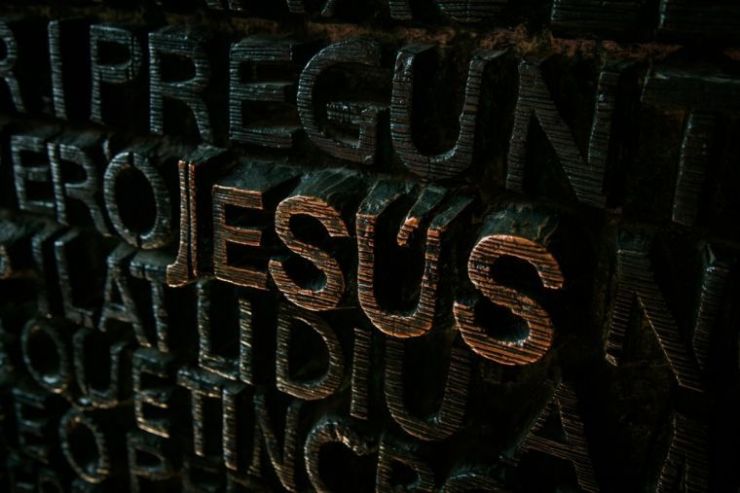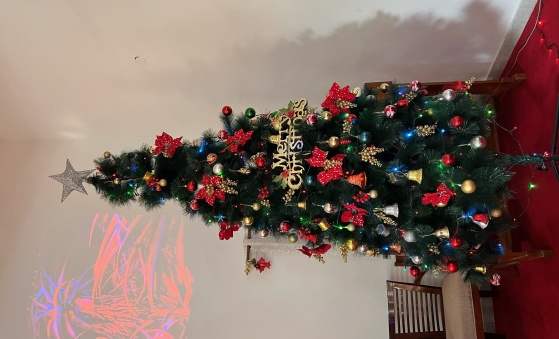
Picture Jesus. Picture his face, his hair, his clothing, his shoes. What color are his eyes? Does your Jesus have straight, white teeth and flowing golden locks? Does your Jesus have blue eyes and peachy skin? Is the robe he is wearing pure white and the shepherd's staff over his shoulders smooth and straight?
Jesus was not a Western, middle class, white man. This should not need to be stated but when I think about the pictures of Jesus I grew up around, he is far too clean, too untainted by a hard-scrabble life, and too white.
Now that I have lived for 18 years in the Horn of Africa around people who take care of their teeth but can't afford the dentist, I know that almost no one makes it to adulthood with a full set of straight, white, unstained, unchipped teeth. I know that bright white robes are reserved for special days of worship while every day clothing is dusty and stained, maybe torn at the hems from being snagged on thorn bushes. Feet that walk miles on rocky and dusty paths are stinky - washing someone else's dirty desert feet is a radical act of humble servitude.
The Jesus I used to imagine was more clean-cut cartoon than human. Intellectually, I knew Jesus was a Palestinian Jew from a small rural village but I couldn't get my imagination to shift until I lived in the Horn of Africa for so long. It isn't that Jesus now looks like my neighbors when I picture him - they are predominantly Somali. But the world here - the culture, landscape, sounds, animals - it all speaks of a world closer to the time and location of Jesus than the American suburb I left behind.
I see nomads walking with their flocks of sheep, gnarly sticks thrown over their shoulders, and puffs of dirt circling their ankles. I see skin weathered by constant sun and the steady, blowing sand. I see crooked teeth and tunics torn at the knee, donkey carts blocking the road, men with cloth wrapped around their heads to protect from the sun and women swathed in beautiful scarves.

Finally, in my mind, Jesus has turned brown, his feet are covered in dust, his hair is dark. Maybe he has a cloth draped over his head or nose and mouth to protect from the sun and sand. His face is weathered, his hands rough with callouses from hard physical labor.
Western Christianity has stripped Jesus of his humanity, of the essence of the incarnation; flesh and blood. James Martin wrote, "In Jesus, God became human, which means that we have to take Jesus's humanity seriously: he was a first-century Galilean carpenter."
White Jesus is a figment of the imagination and when we turned the Jewish Palestinian man into an overly spiritualized modern European, we also removed the religious and cultural milieu in which he lived.
Jesus was Jewish. Recently a man who has been a Christian for decades told me he had never previously considered the fact that Jesus was Jewish. How did he read the stories in the Gospels of Torah law or of Jewish meetings in synagogues? Why was it so hard for the disciples to accept Samaritans and even Gentiles into their community? These stories without the Jewish context become dangerously ungrounded.
In Jesus's day, Jewish laws governed more than what one did in worship on Sunday morning, or in synagogue on the Sabbath. The law governed what people ate, what they wore, who they associated with. Religion was inseparable from culture and identity; it formed the fabric of daily life. This is also how religion is in Djibouti, where I live. There are mosques in every neighborhood, faith dictates clothing choices, the call to prayer sounds five times each day. The whole country slows down during the month of Ramadan to fast. People speak of God without compunction, while pumping gas or while asking after a friend's health, while talking about politics or business - 'praise God'; 'if God wills'; 'thanks be to God'.
If we forget that Jesus was Palestinian and that Jesus was Jewish, we strip the incarnation of what is so essential and miraculous: the Word became flesh and dwelled among us. Each word in that sentence should stun us. Lately, I have been knocked breathless in particular by 'flesh dwelled among us'. Jewish Palestinian flesh walking, working, eating, laughing among us. But not just among any 'us'. The Word dwelled among the marginalized. Jews lived under oppressive Roman rule. Jesus could have come as a Roman. He could have been what Western Christians have turned him into - a white, European man clothed in royal robes, his hands soft and his face smooth, his feet and robes spotless.
Picturing Jesus closer to how he may have looked and lived has opened my mind to fresh insights into the gospel stories. The details are richer. Fish smelled fishy, fields of grain bobbed and swayed in the breeze, a teacher washing the dirty feet of his disciples was shocking. Jesus put on flesh and lived. If this were the only thing I learned about faith while living among Muslims in the Horn of Africa, it would be enough. My relationship with the Divine who put on flesh for a time, is forever changed. It started by realizing that Jesus was not white and Muslims in the Horn of Africa have helped me see this.
Rachel Pieh Jones is an American missionary who runs a school in Somaliland with her husband. She is the author of Pillars: How Muslim Friends Led Me Closer to Jesus, priced £12.99.




